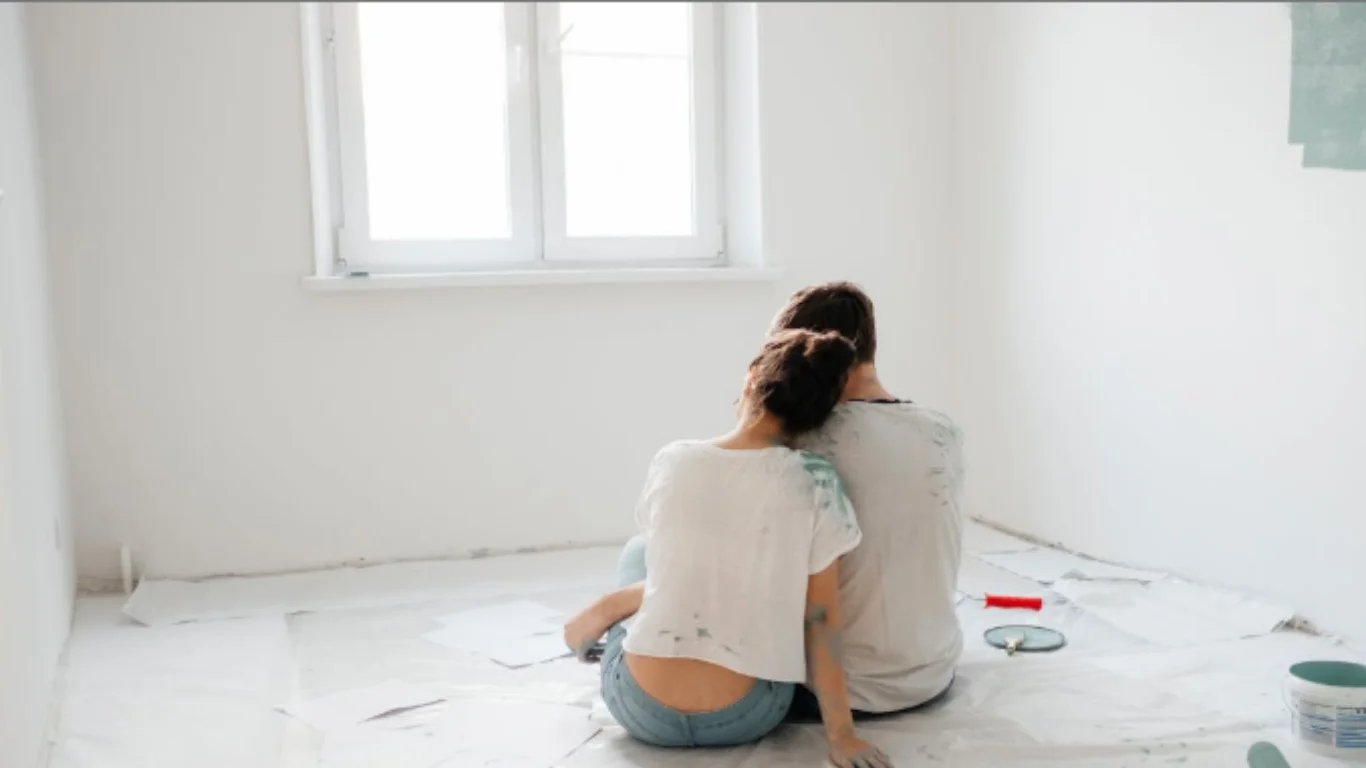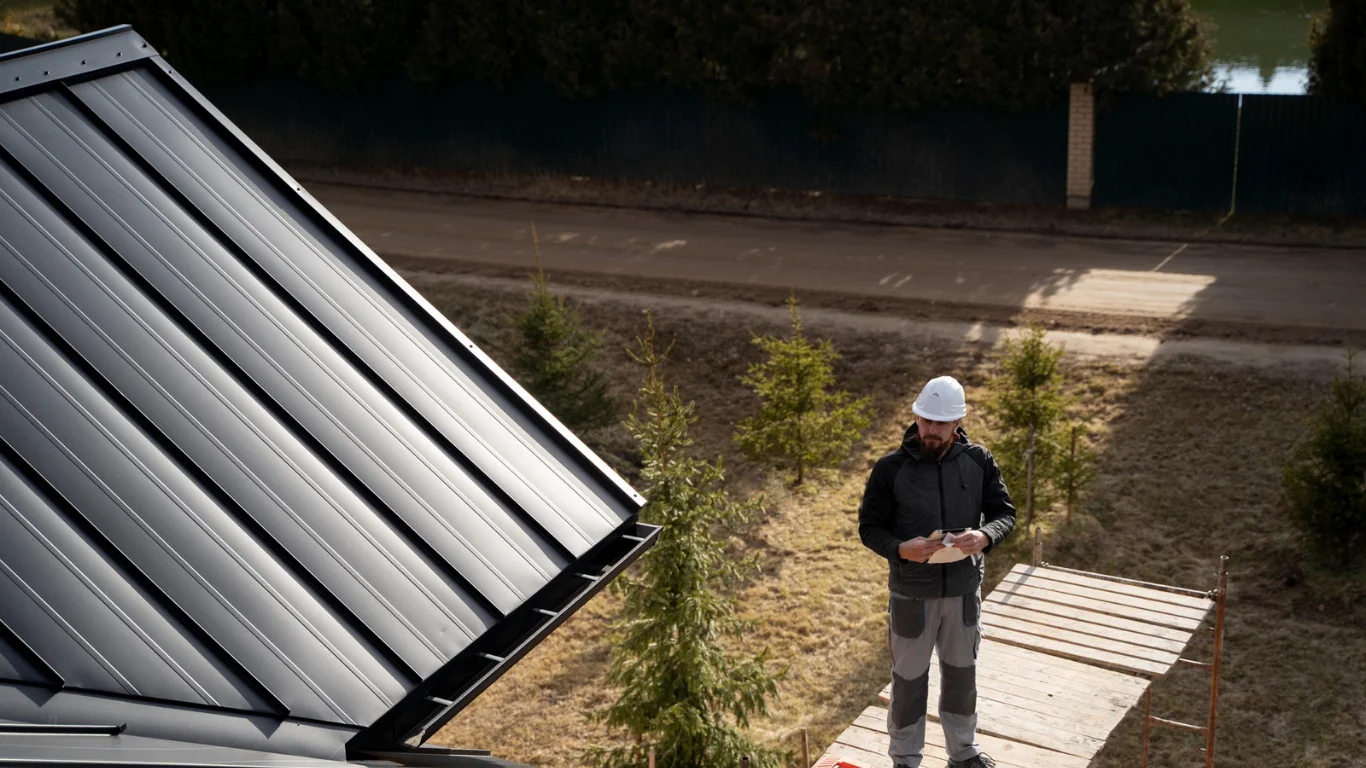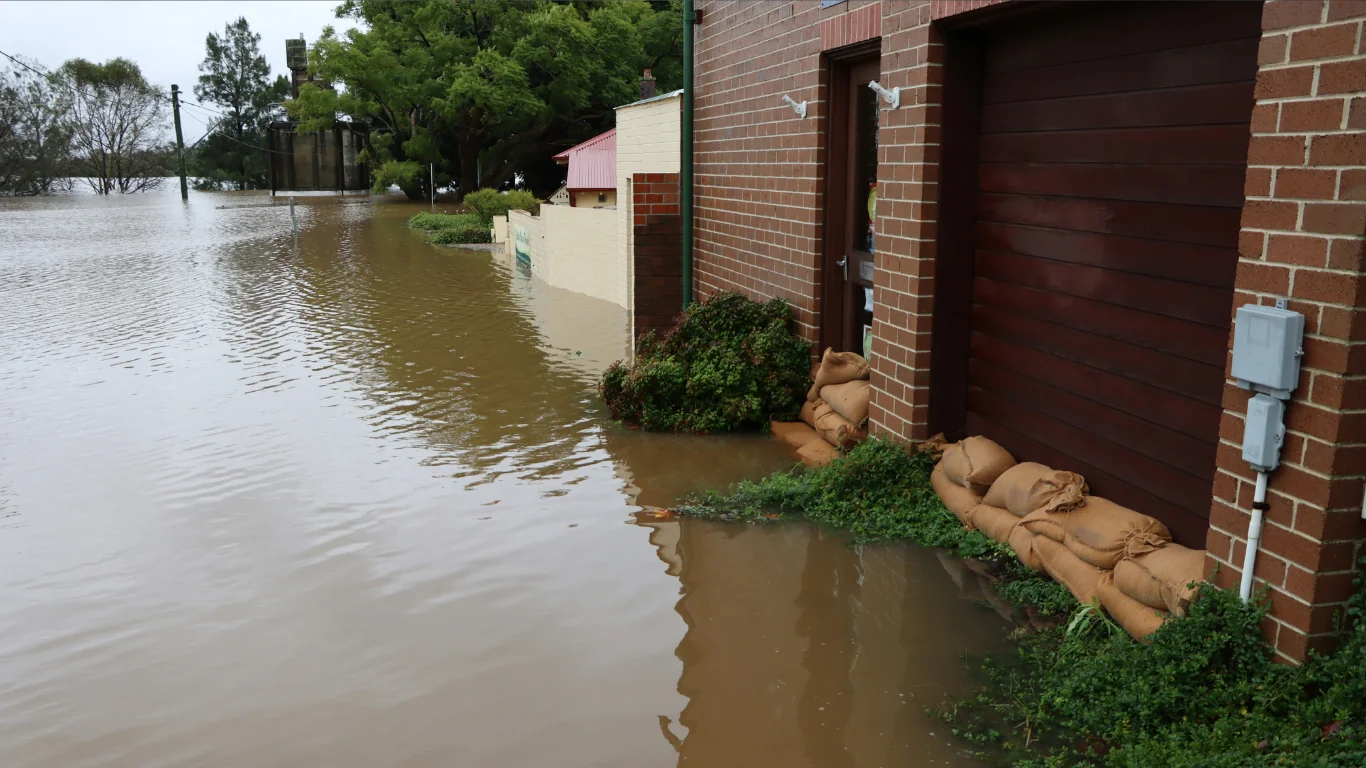Wood floors enhance your home’s value and beauty, but can become dull when spills and high traffic take their toll on a finish. Removing stains can be challenging, from pet accidents to food spills, and even water stains.
Careful attention is required to the area in question to ensure you don’t inadvertently damage an item while trying to clean it. Getting your wood floor cleaning correctly will bring your floors back to life and keep your finish fresh.
This article teaches the best practices for cleaning difficult stains and maintaining your wooden floors.
Identifying the Stain Type
Categorize the types of stains to which the fabric was subjected before cleaning. For example, surface stains from food or dirt remain on the finish and are easier to clean away.
Penetrating stains, ink, or pet urine soak into wood, requiring more work. Water marks, common on wood floors, are present as white or dark rings. Determine the Stain. Pinpointing the stain allows you to properly clean it without harming the finish on your wood.
Cleaning Tips for All Wood Floors
Begin with simple wood floor cleaning to address surface stains. Sweep, or vacuum with a soft-bristle broom or a vacuum with a bare-floor setting, to prevent scratching. Do not use a too-wet microfiber cloth while wiping the stained area.
Too much moisture can be absorbed into wood, warp it, or even discolor it. Always dry the spot right away with clean cloths. For sticky residue, combine a very mild dish soap solution (one teaspoon per gallon of water) and apply sparingly with a cloth.
Removing Specific Stains
For water marks, buff the area with a soft cloth and some mineral spirits, which pulls away white rings without removing the finish. Dark watermarks are best left to a professional who can sand and refinish if necessary.
Follow these when dealing with pet urine stains, and act fast to avoid seeping deep into your pad and carpet. Blot the area and run it with 1:1 vinegar and water. If the stain remains, wiping with hydrogen peroxide on a cloth can lighten it, but test a hidden area first to ensure it does not affect the finish.
Ink or marker can be a tough one. Dab with rubbing alcohol and gently wipe the stain with a cloth or paper towel; sponge with water. For grease or food spills, sprinkle a little baking soda on a damp cloth and rub gently, then rinse and dry. You don’t want to use anything too abrasive, because it might scratch the wood.
When to Call a Professional
Certain stains, such as deep scratches or broad discoloration, require professional wood floor cleaning. Professionals utilize special equipment and refinishing techniques to restore floors without doing more harm.
If your floor has lost its shine or is suffering from abuse, professionals can sand and reseal it to add years to its life. You seek a safe, proper finish when you enlist a licensed and insured service.
Preventing Future Stains
To prevent stains, put mats by exterior doors to capture dirt, and wipe up spills as soon as they happen. Place pads under furniture legs to prevent scratches, and avoid heavy-duty cleaners (like bleach), which can strip the finish. These tips can help you keep your floors looking beautiful.
Conclusion
Removing tough stains from wood floors is an art here; the ideal way differs based on the type of stain. Surface marks are managed with a wood floor cleaning routine, and specific solutions are available for addressing stubborn stains.
You’ll want to leave floor restoration to the professionals for more serious damage. With proper maintenance, you can have wood floors that look fabulous and are hardwearing for years. For difficult spots or general routine maintenance, call our local Cleaning professional.







